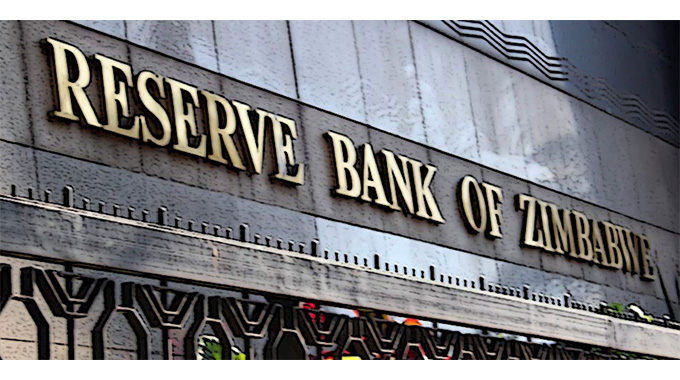Gold-backed digital tokens mop up $34bn excess liquidity

Nqobile Bhebhe, [email protected]
THE Reserve Bank of Zimbabwe (RBZ) has mopped up $34 billion through gold-backed digital tokens, which are part of measures to reduce liquidity in the market and expand the value-preserving instruments to stabilise the economy.
The gold-backed digital tokens just like the gold coins have a vesting period of 180 days and can be redeemed afterward based on the international gold price as determined by the London Bullion Market Association (LBMA) PM fix payable in either local or foreign currency. The gold-backed digital tokens follow the successful injection of Mosi-oa-Tunya gold coins in July last year, which started with higher denominations and was later followed up by smaller denominations in November due to high demand in the market.
The central bank has said gold-backed digital tokens will have prescribed asset status and liquid asset status and be accepted as collateral and tradable.
The first batch of gold-backed digital tokens on 12 May mopped $14 billion from 135 bids received.
The second and third bids generated an average of $8 billion each from slightly above 100 bids.
However, last week, $4,5 billion was generated from 59 bids. In the first five weeks, a cumulative 288,70kg of gold have been purchased.
As part of the stabilisation measures announced by the Government recently, both digital and physical gold coins have witnessed significant uptake.

Reserve Bank of Zimbabwe (RBZ)
Central Government has said through the RBZ, it shall continue to assure public confidence in both instruments by ensuring that at all times, gold coins and gold-backed digital tokens remain fully backed by physical gold reserves.
The economy has seen a resurgence of macro-economic instability, with domestic inflation being driven primarily by the skewed preference for US dollars as a savings currency. This has put enormous pressure on the exchange rate as the skewed preferences has continued to increase the velocity of the Zimbabwe dollar.











Comments